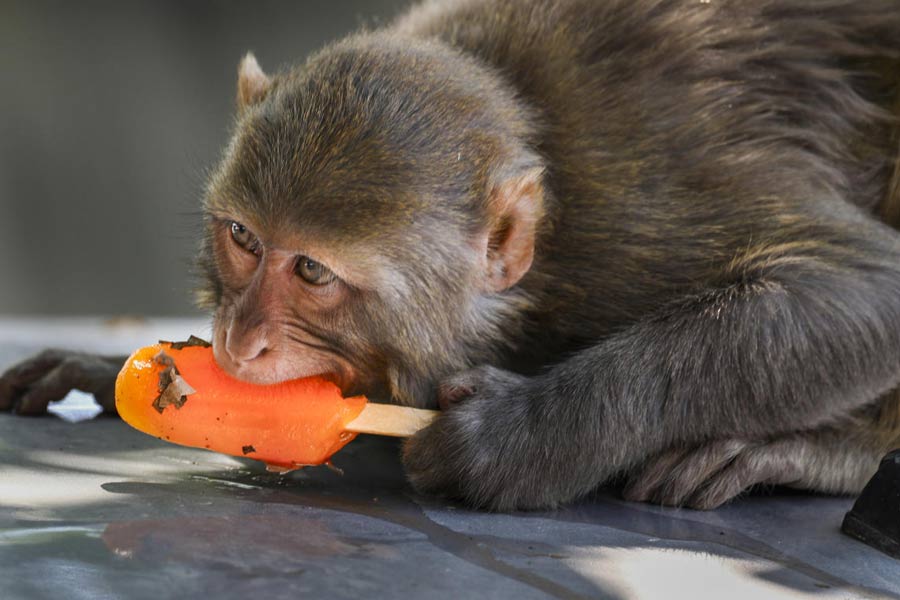
Shillong: The World Cup comes once in four years. So does an insect. Although the golden cup might linger on a little longer, the insect has been fighting for survival.
Returning from the field after a hard day's work during the sowing season, Rani Maring, 56, and Jwil Syngkli, 67, speak about the craze for Ñiangtaser, a delicacy.
The duo, belonging to neighbouring localities of Paham Bir and Paham Marloi under Nongpoh in Ri Bhoi district, frequent dense forests once in every four years to get hold of the insect.
Ñiangtaser is a cicada which is scientifically known as Chremistica. Although Maring and Syngkli and their brethren would call it Ñiangtaser, it is commonly referred to as Ñiang World Cup because it surfaces once in four years, coinciding with the Fifa World Cup.
"When we were young, the insect was available in nearby forests. We would venture into the forest once it became dark and would stay put past midnight and sometimes till dawn," Syngkli said at his residence in Paham Marloi. Maring echoed him.
This year too, it was no different, except that the young and old had to venture to forests far away in search of Ñiangtaser.
"There are reserved forests at Iew Sier and Umski under Raid 12 Lyngdoh, and since there has been no human intervention in these forests, the insect would still be available," Maring said.
However, this year, Maring went out for seven nights to far-off places like Tasku, under Raid Marwet, to gather the insect.
Since the 2010 World Cup, the "Ñiangtaser festival" has been organised every four years. But for Maring and Syngkli, once in every four years is a festival in itself.
"Once we return from the fields, we prepare ourselves to enter the forests to catch the insect. We go in hordes and try not to return empty-handed," Syngkli said.
The senior citizen spent at least 10 days in the forest at Umski to collect the insect. "Because of my age, I can no longer travel very far. Earlier, the insects would surface in the neighbourhood but now they seem to have vanished," he lamented.
In fact, Syngkli even composed a song as he and his friends were waiting for the insect to surface. "My friends were beginning to fall asleep. So I came up with a song to keep them awake," he said. As Syngkli narrated about the night ventures, Maring picked up his string instrument and began to look for the right note to fit the composition.
Within minutes, Syngkli and Maring were singing a song about the insect, how the people begin preparing for the night, the dangers lurking in case of inclement weather and the eternal hope that they do not return home empty-handed.
Syngkli likens the craze for the insect with that of the World Cup. "We would spend the night looking for the insect. Similarly, we sleep late watching the matches."
"Although we have sacred groves and other types of forests, the insect does not surface once a particular place has experienced human intervention. We hope the reserve forests remain or else the Ñiangtaser would become history," Syngkli said.











